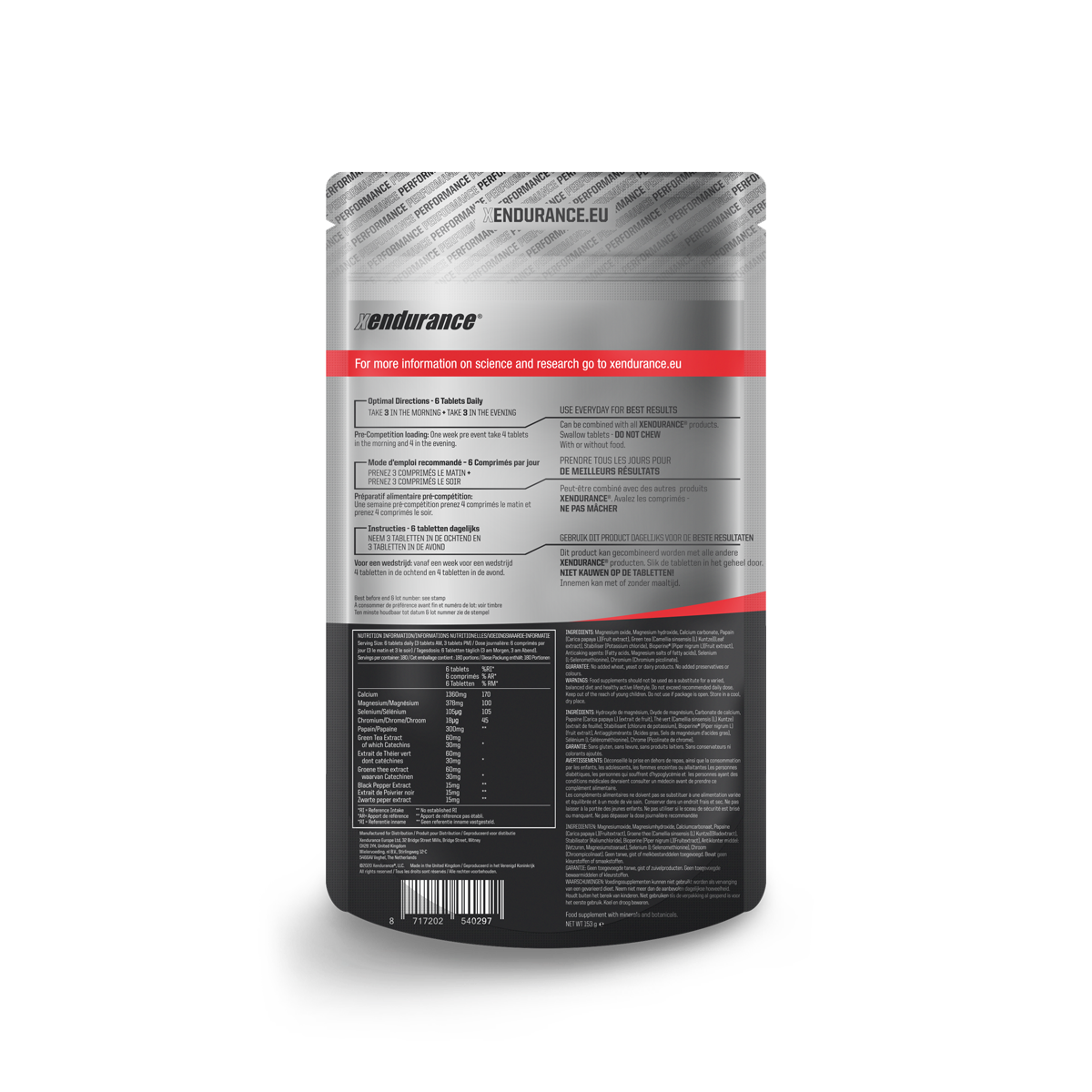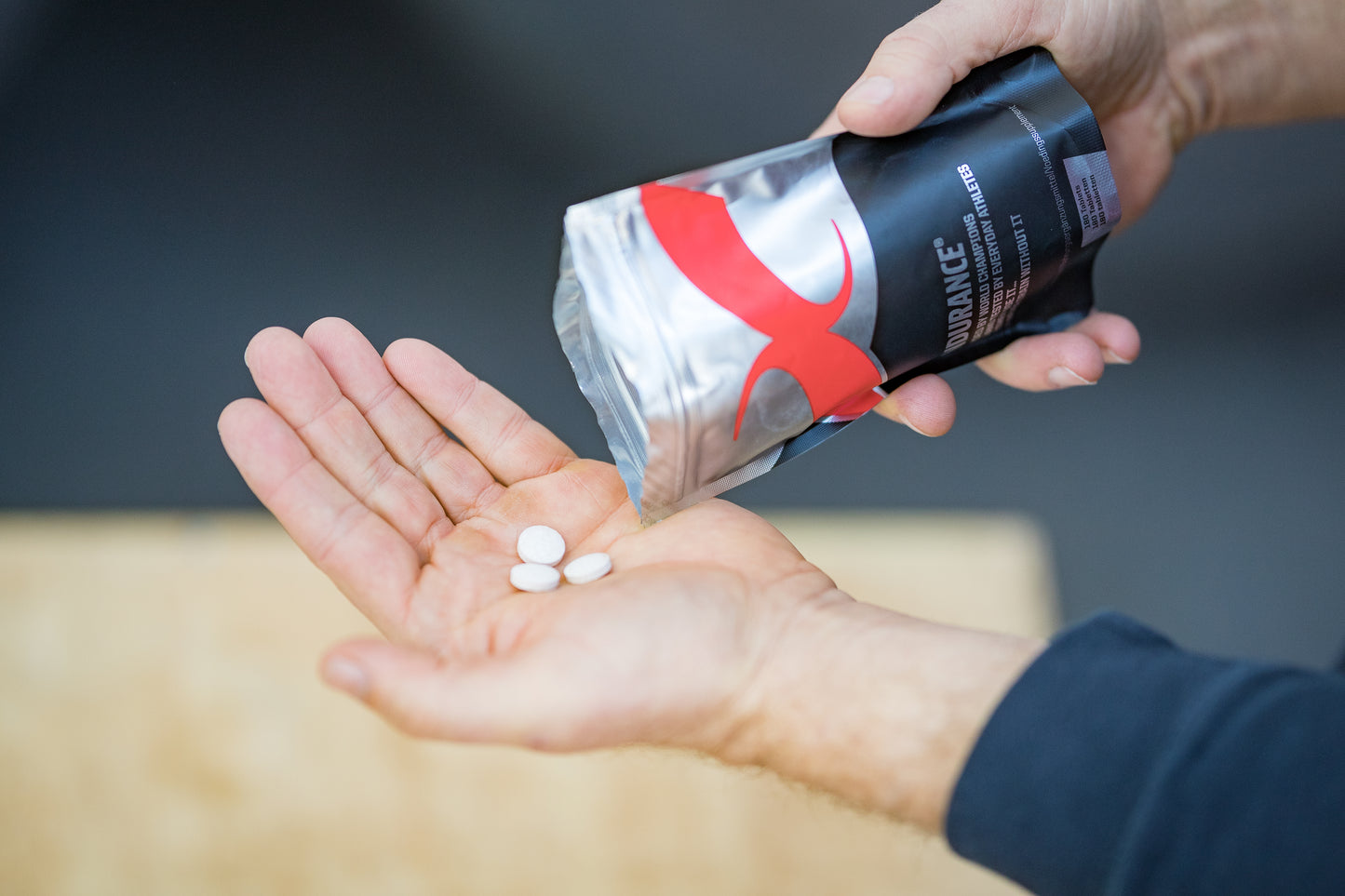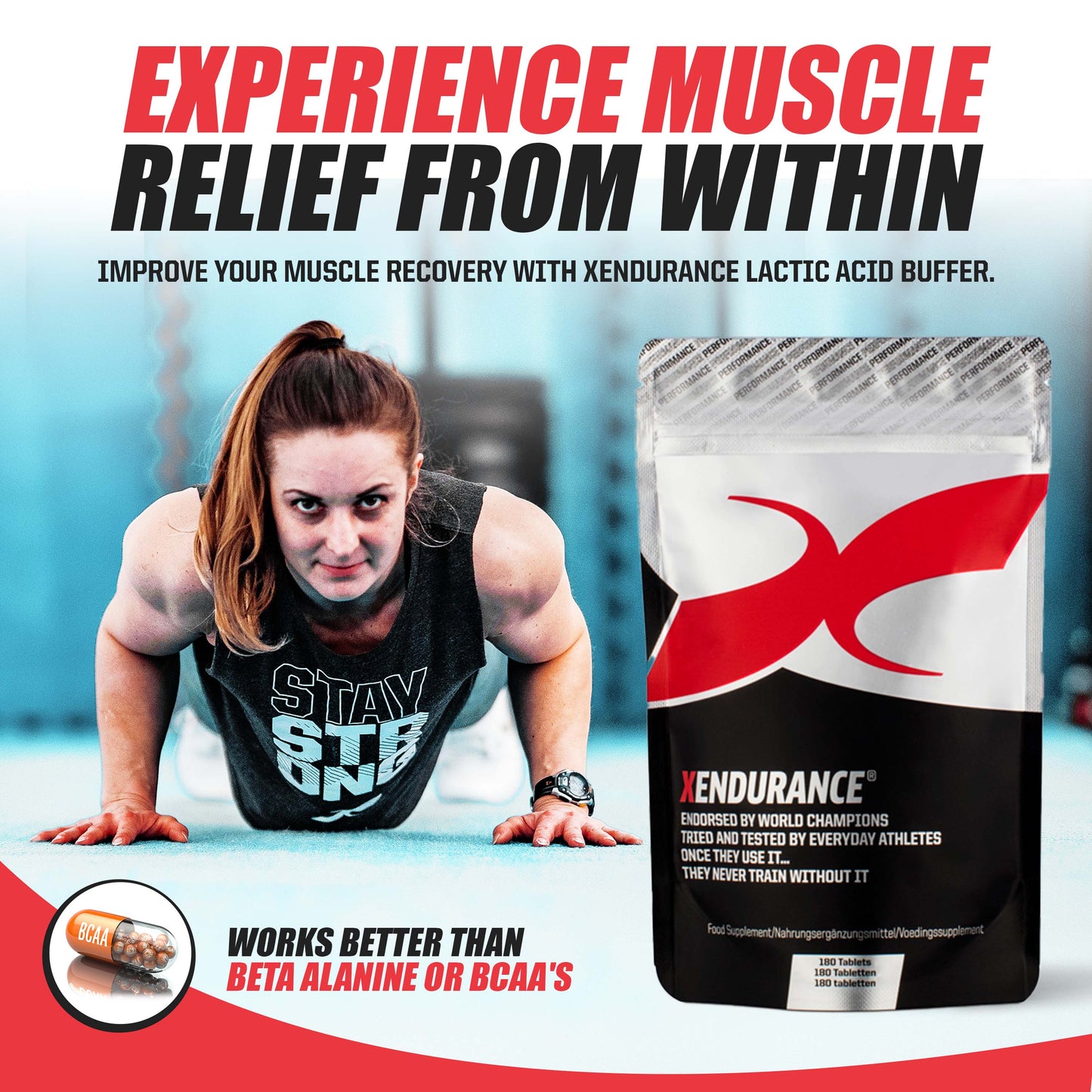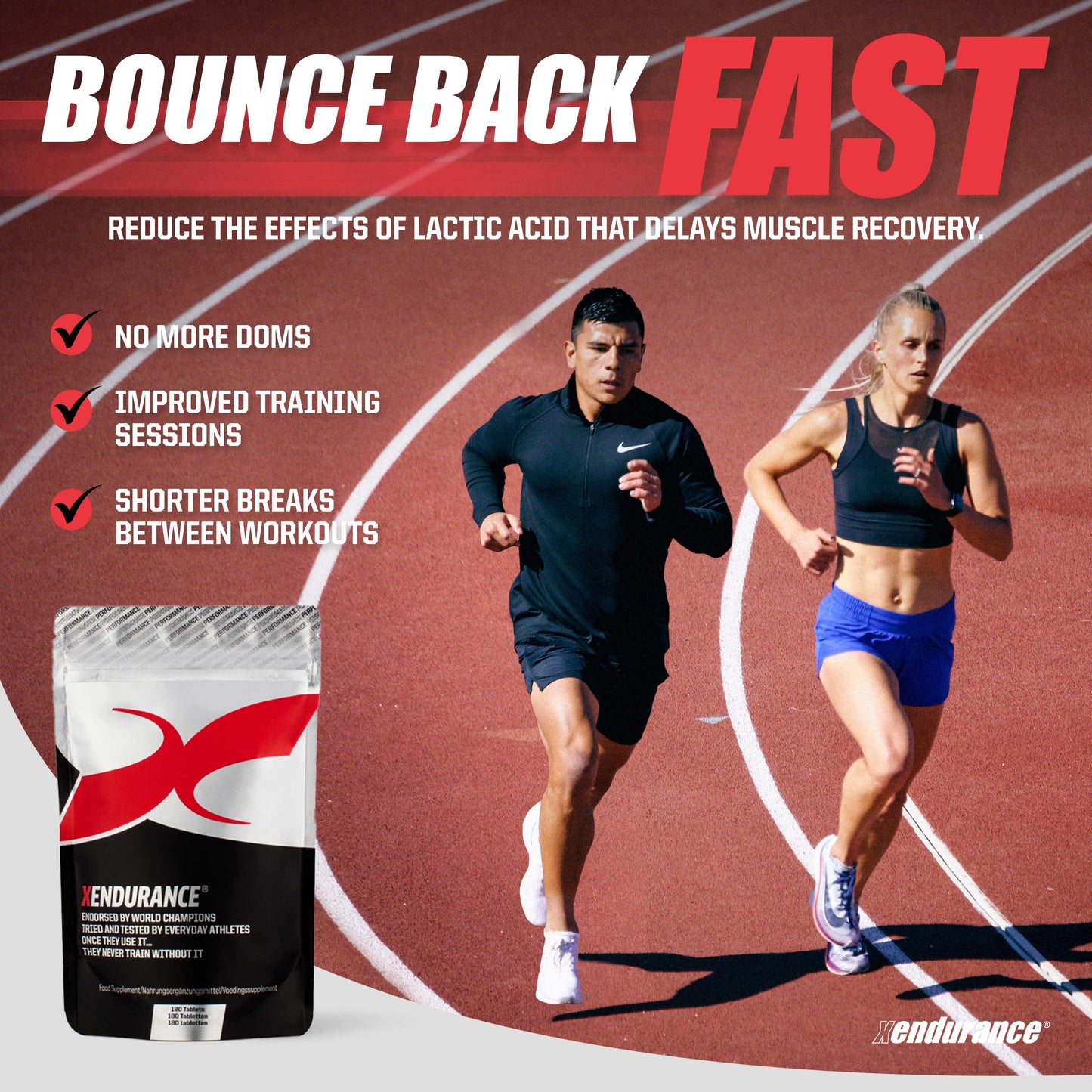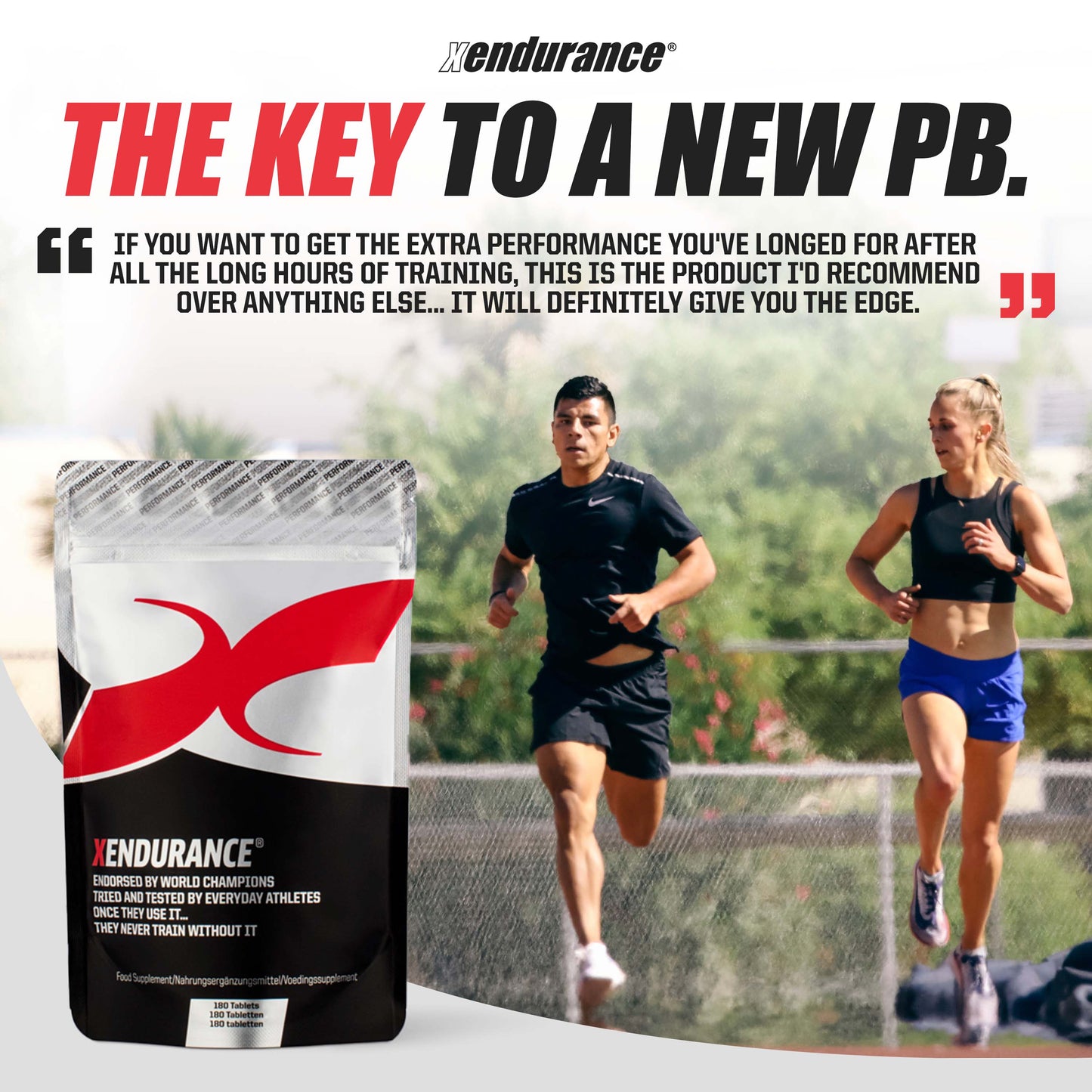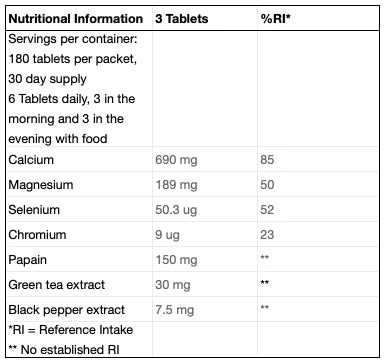Share
Whether you are optimising your performance or wanting your event to feel easier, there are some nutritional changes which can make a BIG difference in Hyrox! Here are some nutrition tips to make the event that little bit easier.
Nutritional Demands of Hyrox
Hyrox requires aerobic fitness and strength. This means endurance and strength training at the same time. Endurance training and muscle growth tend not to occur together. Look at the best marathon runners. They have minimal muscle. This is the physique endurance training produces if nutrition is optimised to undo hormonal changes and enable muscle growth.
Building Muscle with Endurance Training
Primarily you need to be eating enough calories in the form of carbohydrates and then eating enough protein. Ignore anyone telling you carbs and sugar are bad. In this scenario they are required to fuel intense exercise. Read the previous article on high fat diets for more information.
If you eat protein without enough energy your body will use it for fuel rather than building muscle. Therefore, eating enough calories in carbs is the first priority and then eating protein. This allows you to build strength and endurance simultaneously. See the table below showing the carbs needed in your diet relative to training volume. It’s probably more than you expected.
I experienced the same challenges when training as an elite rower: strength and endurance are required. The volumes of food you eat are vast. If you are struggling to meet energy demands with just carbs and protein include more fat in your diet. Fat is the most energy dense molecule, containing over double the energy in carbs or protein. You could also include calorific drinks in your diet more frequently. These are easier to consume when you are tired.
Atwater factors table from: Grande, F. (2020). Pacific Nutrient Database User Guide. Pacific Nutrient Database User Guide, November. https://doi.org/10.4060/cb0267en
You need Carbs
Hyrox is intense. High intensity needs sugar to fuel it. Your body has 2 main fuel sources: fat and carbs. They are used in balance. At low intensity, when energy is needed slowly and there is abundant oxygen, fats are used. At high intensity carbs are used. Sugars are the preferred carb as they are quick to use. When eating sugar during exercise use the fast release sugars to avoid gut problems or lack of energy. Glucose and maltodextrin are the best choices as they are most easily absorbed. If you are able, eat glucose or maltodextrin through the event to improve your performance. These will increase the energy delivered to muscles and your brain, making you feel more energised. If having you are eating nutrition during the event aim for 60g of glucose or maltodextrin per hour.
Caffeine
Caffeine increases your heart rate, prevents some fatigue sensations, increases motivation and can increase carbohydrate availability and fat burning. These can all have performance enhancing effects. The recommended dose is 3 – 6mg of caffeine per kilo of body weight an hour before the event. However, if you avoid caffeine for a few weeks before you will have a lower tolerance and will respond to much lower amounts.
Keep Cool
High intensity exercise produces a lot of body heat. Your body is only 25% efficient in converting energy into moving itself. The rest of the energy is heat. If your body gets to hot it can no longer perform. Your brain starts telling your body to stop doing exercise as the heat could begin to damage it. To cool your body down your blood flows to your skin to be cooled by the air and release water as sweat. Blood going to your skin means there is less blood in your muscles and impedes performance. Water lost as sweat dehydrates you and decreases performance. Therefore adequate cooling techniques can improve your Hyrox performance. The first thing to look at is your clothing. Make sure you are not wearing unnecessary layers and use breathable sports fabrics.
Hopefully these nutritional tips are useful in your training and your next event!
Written by: Sam Twine Qualified Sports Dietician, need a race nutrition plan or a diet plan to help you with weight loss? Contact Sam at samtwinesportsdietitian@gmail.com or check out his website here.
Information Sources
- Atwater, W., & Bryant, A. (1900). The availability and fuel value of food materials.
- Burke, L. M. (2021). Ketogenic low-CHO, high-fat diet: the future of elite endurance sport? Journal of Physiology, 599(3), 819–843. https://doi.org/10.1113/JP278928
- Grgic, J., Pedisic, Z., Saunders, B., Artioli, G. G., Schoenfeld, B. J., McKenna, M. J., Bishop, D. J., Kreider, R. B., Stout, J. R., Kalman, D. S., Arent, S. M., VanDusseldorp, T. A., Lopez, H. L., Ziegenfuss, T. N., Burke, L. M., Antonio, J., & Campbell, B. I. (2021). International Society of Sports Nutrition position stand: sodium bicarbonate and exercise performance. Journal of the International Society of Sports Nutrition, 18(1). https://doi.org/10.1186/s12970-021-00458-w
- Hansen, E. A., Emanuelsen, A., Gertsen, R. M., & Raadahl Sørensen, S. S. (2014). Improved Marathon Performance by In-Race Nutritional Strategy Intervention. International Journal of Sport Nutrition and Exercise Metabolism, 24(6), 645–655. https://doi.org/10.1123/ijsnem.2013-0130
- Jeukendrup, A. (2018). Training the Gut for Athletes. Gatorade Sports Science Institute. https://www.gssiweb.org/sports-science-exchange/article/training-the-gut-for-athletes
- Lavoué, C., Siracusa, J., Chalchat, É., Bourrilhon, C., & Charlot, K. (2020). Analysis of food and fluid intake in elite ultra-endurance runners during a 24-h world championship. Journal of the International Society of Sports Nutrition, 17(1), 1–12. https://doi.org/10.1186/s12970-020-00364-7
- Newsholme, E. A., & Blomstrand, E. (2006). Branched-Chain Amino Acids and Central Fatigue. The Journal of Nutrition, 136(1), 274S-276S. https://doi.org/10.1093/jn/136.1.274S
- Schubert, M. M., & Astorino, T. A. (2013). A Systematic Review of the Efficacy of Ergogenic Aids for Improving Running Performance. Journal of Strength and Conditioning Research, 27(6), 1699–1707. https://doi.org/10.1519/JSC.0b013e31826cad24




